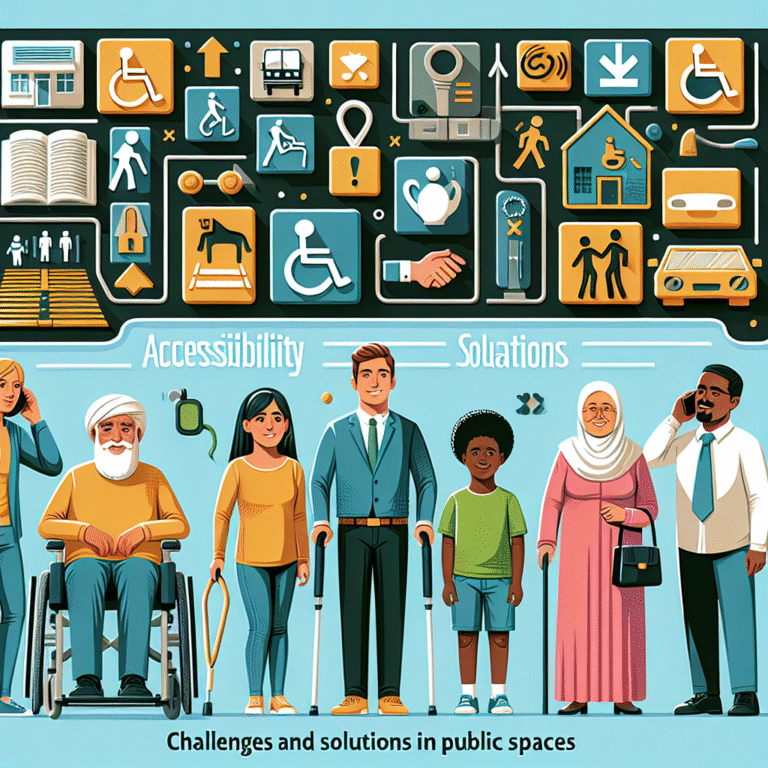
Introduction
Every year, millions of individuals experience strokes, devastating events that can drastically alter their lives and the lives of those around them. In the aftermath of a stroke, recovery becomes a multifaceted journey, one that transcends mere medical intervention. Building a Support System: Family and Caregiver Roles in Stroke Recovery is not just a concept; it’s a vital lifeline. The emotional, psychological, and physical support from family and caregivers can make a world of difference in the healing process, providing strength and encouragement at every step of the way.
In this article, we will delve into the critical roles that family members and caregivers play in stroke recovery, exploring various strategies, case studies, and actionable insights that can empower you or your loved ones on this journey.
Understanding Stroke Recovery
What is Stroke?
A stroke occurs when blood flow to the brain is interrupted, leading to brain cell death. There are two main types: ischemic strokes, caused by a blood clot, and hemorrhagic strokes, resulting from bleeding in or around the brain. Following a stroke, individuals may face challenges ranging from physical disability to neurological impairments.
The Importance of Recovery
Recovery from a stroke is a complex process that can span months or even years. It often includes, but is not limited to:
- Physical rehabilitation: Regaining mobility and strength.
- Occupational therapy: Learning daily living skills.
- Speech therapy: Addressing communication difficulties.
- Emotional support: Managing mental health issues such as depression or anxiety.
Building a Support System
The Role of Family in Recovery
Family members serve as the first line of support for stroke survivors. Their involvement can significantly influence recovery outcomes.
Case Study: The Johnson Family
Background: After suffering a stroke, 65-year-old Robert Johnson faced difficulties with speech and mobility.
Family Intervention: His wife, Mary, took the lead in his recovery, coordinating care, attending therapy sessions, and providing emotional support. Mary also educated herself on stroke recovery, enabling her to better communicate with healthcare professionals.
Outcome: Over six months, Robert made significant progress, largely attributed to Mary’s support, which empowered him and provided motivation.
Analysis: This case illustrates how an informed and proactive family member can enhance recovery experiences, highlighting the necessity of Building a Support System: Family and Caregiver Roles in Stroke Recovery.
The Caregiver’s Role
Often, family members assume the role of caregivers. However, professional caregivers can also be involved in the recovery process.
Case Study: Professional Caregiving with Lisa
Background: Lisa, a 45-year-old stroke survivor, required extensive rehabilitation. Her family was overwhelmed by the demands of caregiving.
Caregiver Intervention: They hired a professional caregiver, who provided daily assistance with physical therapy, meal preparation, and companionship. Lisa also participated in support groups facilitated by the caregiver.
Outcome: With professional support, Lisa regained most of her independence and found a new social network through the caregiver’s connections.
Analysis: This case highlights the potential benefits of including professional caregivers in the support system. It emphasizes that Building a Support System: Family and Caregiver Roles in Stroke Recovery can be both familial and professional.
Strategies for Building an Effective Support System
Communication
Open and honest communication is crucial in any support system. Family members must be aware of the stroke survivor’s needs and progress.
- Watch for non-verbal cues: Stroke survivors may struggle to express themselves.
Education and Awareness
Understanding the challenges that stroke survivors face enables family and caregivers to provide better support.
- Attend therapy sessions together: Gain insights from healthcare professionals.
Emotional Support
Supporting emotional well-being is as important as physical recovery. Encourage participation in social activities and emotional outlets.
- Support groups: Connecting with others can be empowering.
Set Realistic Goals
Establishing attainable goals gives stroke patients a sense of accomplishment and helps keep them motivated.
- Daily achievements: Celebrate small victories to foster positivity.
Encourage Independence
While support is essential, promoting independence in daily activities boosts self-esteem and confidence.
- Adaptive tools: Utilize assistive devices to encourage autonomy.
The Power of Community Resources
Building a support system doesn’t have to occur solely within the family. Community resources can greatly assist in the recovery process.
Local Support Groups
Joining a local stroke support group can help survivors and caregivers connect with others who understand their struggles.
| Resource | Benefits |
|---|---|
| Support Groups | Emotional support, shared experiences, friendships. |
| Rehabilitation Centers | Access to specialized therapists and resources. |
| Community Events | Encourages social interaction and helps combat isolation. |
Online Communities
The internet offers a wealth of resources and forums for stroke survivors and caregivers.
- Accessibility: Online communities can provide information and emotional support at any hour.
Long-Term Outlook
Recovery from a stroke is not a sprint; it is a marathon. An effective support system can ensure that recovery extends long after the initial rehabilitation is complete.
Case Study: Long-Term Recovery of Michael
Background: Michael had a severe stroke at 50, impacting his mobility and speech. His family was instrumental in his recovery.
Journey: Over two years, the family maintained consistent contact with therapists and created a structured home environment conducive to healing.
Outcome: Michael returned to work part-time and resumed many of his hobbies, thanks to unwavering family support.
Analysis: This case reinforces the concept of Building a Support System: Family and Caregiver Roles in Stroke Recovery as an ongoing responsibility that evolves as needs change.
Conclusion
In the journey following a stroke, Building a Support System: Family and Caregiver Roles in Stroke Recovery holds significant importance. The emotional, psychological, and physical support from family members and caregivers not only aids in recovery but enriches the survivor’s quality of life. By successfully implementing strategies to communicate effectively, educate themselves, foster emotional connections, and seek community resources, families can play an integral part in their loved one’s healing journey.
Motivational Takeaway
If you or someone you know is facing the trials of stroke recovery, remember: you are not alone. Embrace the power of support, be proactive, and educate yourself. Your strength can create a robust support system that aids in recovery and helps forge a new path forward.
FAQs
1. What is the role of family in stroke recovery?
Family members provide emotional support, assist with rehabilitation, and help coordinate care. Their involvement significantly influences recovery outcomes.
2. How can caregivers enhance recovery?
Caregivers can help manage daily tasks, provide specialized support, and encourage social interactions, thus improving the stroke survivor’s quality of life.
3. Are there community resources available for stroke recovery?
Yes, there are local support groups, rehabilitation centers, and online communities that offer invaluable resources and emotional support.
4. How long does stroke recovery typically last?
Recovery duration varies widely. While many experience improvements in the first few months post-stroke, some may continue to recover for years.
5. What can one do to encourage independence for stroke survivors?
Setting achievable goals, utilizing adaptive tools, and promoting participation in daily activities can significantly help foster independence in stroke survivors.















